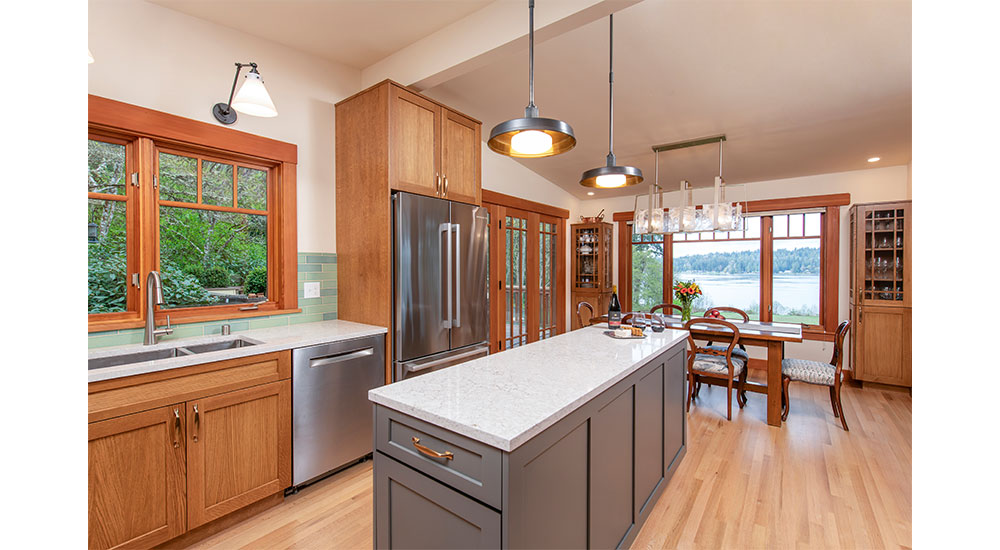A recent industry survey and observations from the KBIS 2025 trade show reveal that bold colors, innovative storage, and accessibility are driving today’s cabinetry and storage trends.
Shades and Finishes
While there’s a movement away from all-white, it remains the most popular color for kitchen projects at 43.2%. However, designers like Molly McCabe are seeing more requests for dual-finish cabinetry—such as wood bases/islands paired with painted uppers or perimeters.
- Top Colors: White (43.2%) was followed by “other” choices, which included natural wood (especially white oak), beige, and greige. Green, gray, blue, and black ranked at the bottom.
- Finishes: Painted finishes dominated at 57.1%, with stained finishes coming in second at 14.1%.
Design Details and Convenience
New design details seen at KBIS, like fluted, grooved, and reeded cabinetry, are slowly being adopted, though many designers and clients are concerned about the upkeep and potential cost. Modular cabinetry is better suited for entry-level homes due to lead times and cost, lacking the customization needed for mid- to upper-end remodels.
Accessible and Innovative Options
Aging-in-place design is becoming popular, as homeowners recognize that accessible features benefit everyone. The top accessible options requested include:
- Drawers versus doors in kitchens and baths.
- Open shelving (especially in kitchens).
- Lever/pull cabinet handles.
Industry innovation is delivering new solutions, such as bi-fold/sliding doors, engineered materials that mimic natural finishes, and products like rechargeable LED-lighted drawers/shelves, magnetic peg systems in drawers, and hidden storage. Due to evolving building codes, designers are also using solutions like in-drawer docking stations to address restrictions on outlets on the sides of cabinets or islands.
Industry Challenges
The potential for tariffs is a concern, pushing professionals to look for solutions. These include buying USA-made products, informing clients of potential price increases, securing contract prices, and even offering discounts on other items to offset costs.


